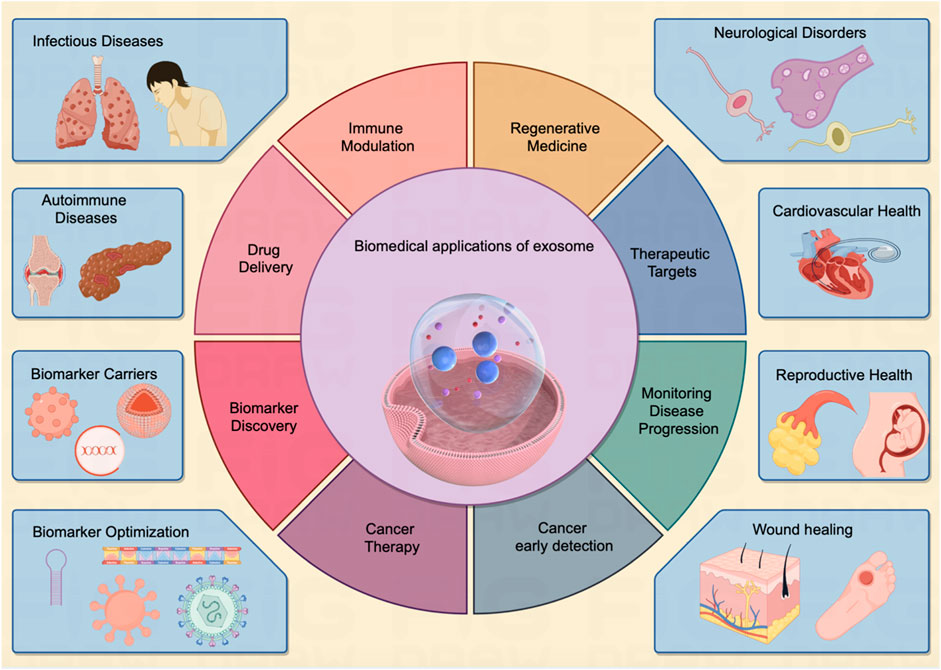Report on South Korea’s Demographic Trends and Sustainable Development Goals
Analysis of Recent Birth Rate Fluctuations
Recent data from Statistics Korea indicates a notable short-term reversal in the nation’s declining birth rate, a critical issue impacting long-term population stability. This trend is set against a backdrop of one of the world’s longest life expectancies and lowest fertility rates.
- For the period of January to May, the number of newborns reached 106,048, representing a 6.9% increase, the most significant growth recorded since data collection began in 1981.
- This follows the first annual increase in births in over a decade in 2024, where the number of newborns rose by 3.6% to 238,300.
- The month of April saw a particularly sharp year-on-year increase of 8.7%.
- The surge is primarily attributed to a rise in marriages, which increased by 14.8% in 2024. In South Korea, there is a strong societal correlation between legal marriage and childbirth.
Correlation with SDG 3: Good Health and Well-being
The demographic challenge directly relates to the objectives of SDG 3, which aims to ensure healthy lives and promote well-being for all at all ages. While high life expectancy is a positive indicator, the low fertility rate poses a significant threat to the sustainability of the population and associated health systems.
- The fertility rate for May stood at 0.75, far below the 2.1 rate required to maintain the current population of 51 million.
- Projections from the Institute for Health Metrics and Evaluation suggest the population could fall to 26.8 million by 2100 if current rates persist, jeopardizing the long-term viability of public health infrastructure.
- Government initiatives, such as providing support for infertility treatment, represent a direct effort to address Target 3.7 concerning universal access to sexual and reproductive health-care services.
Socio-Economic Barriers and their Impact on SDGs
The underlying causes of the low birth rate are deeply intertwined with challenges outlined in several Sustainable Development Goals, including those related to gender equality, economic growth, and reduced inequalities.
-
Economic Pressures (SDG 8, SDG 10, SDG 11)
- High costs associated with child-rearing and housing present significant financial barriers for prospective parents, undermining progress towards SDG 11 (Sustainable Cities and Communities) and SDG 10 (Reduced Inequalities).
- A highly competitive social and economic environment makes securing stable, well-paid employment difficult, conflicting with the aims of SDG 8 (Decent Work and Economic Growth). A shrinking workforce is a direct threat to sustained economic growth.
-
Gender Inequality (SDG 5)
- A key factor is the “double burden” placed on working mothers, who are often expected to manage both professional careers and the majority of household and childcare responsibilities.
- This unequal distribution of unpaid care and domestic work is a primary barrier to achieving SDG 5 (Gender Equality), specifically Target 5.4.
-
Institutional Structures and Inequality (SDG 10)
- The strong cultural and institutional link between legal marriage and childbirth, reinforced by government benefits that often exclude unmarried parents, can create and perpetuate inequalities, running counter to the principles of SDG 10.
Government Interventions and Regional Context
The South Korean government has invested heavily in policies aimed at reversing the demographic decline. These interventions attempt to address the socio-economic barriers hindering progress on multiple SDGs.
- Policy Measures: Initiatives include cash subsidies for parents, the provision of babysitting services, and support for infertility treatments. These policies aim to alleviate the economic burdens and support family well-being, aligning with goals in SDG 3 and SDG 10.
- Regional Challenge: The demographic issue is not unique to South Korea. Neighboring Japan faces a similar challenge with the world’s second-oldest population and growing labor shortages, highlighting a wider regional trend that requires comprehensive and sustained policy action aligned with the global Sustainable Development Goals.
Analysis of Sustainable Development Goals in the Article
1. Which SDGs are addressed or connected to the issues highlighted in the article?
- SDG 3: Good Health and Well-being – The article’s core focus is on population dynamics, including birth rates, fertility rates, and life expectancy, which are central to public health and well-being.
- SDG 5: Gender Equality – The text explicitly points to gender-specific challenges, such as the “double burden for working mothers,” as a key factor influencing demographic trends.
- SDG 8: Decent Work and Economic Growth – The article links low birth rates to economic pressures, including a competitive job market and the impact of demographic shifts on labor supply.
- SDG 10: Reduced Inequalities – The discussion on government benefits highlights inequalities based on marital status, as support systems often exclude unmarried parents.
2. What specific targets under those SDGs can be identified based on the article’s content?
- Under SDG 3: Good Health and Well-being
- Target 3.7: Ensure universal access to sexual and reproductive health-care services.
Explanation: The article discusses national efforts to influence population trends through policies like “support for infertility treatment” and other measures to “encourage women to have more children,” which fall under national strategies for reproductive health.
- Target 3.7: Ensure universal access to sexual and reproductive health-care services.
- Under SDG 5: Gender Equality
- Target 5.4: Recognize and value unpaid care and domestic work.
Explanation: The article identifies the “double burden for working mothers of managing the brunt of household chores and childcare while also maintaining their careers” as a primary reason for low birth rates. Government provision of “babysitting services” is a policy response aimed at alleviating this unpaid care burden.
- Target 5.4: Recognize and value unpaid care and domestic work.
- Under SDG 8: Decent Work and Economic Growth
- Target 8.5: Achieve full and productive employment and decent work for all women and men.
Explanation: The article notes that a “notoriously competitive society that makes well-paid jobs difficult to secure” contributes to the low birth rate. It also mentions that Japan, facing a similar issue, is experiencing “growing labour shortages,” directly linking demographic challenges to the economy and labor market.
- Target 8.5: Achieve full and productive employment and decent work for all women and men.
- Under SDG 10: Reduced Inequalities
- Target 10.2: Empower and promote the social, economic and political inclusion of all, irrespective of… other status.
Explanation: The article points out an inequality in social protection policies by stating, “Many government benefits designed to support child-rearing do not cover parents who are not legally married.” This policy excludes a segment of the population based on their marital status.
- Target 10.2: Empower and promote the social, economic and political inclusion of all, irrespective of… other status.
3. Are there any indicators mentioned or implied in the article that can be used to measure progress towards the identified targets?
- For Target 3.7:
- Indicator: Fertility rate. The article explicitly states the “fertility rate… for May stood at 0.75” and notes that a rate of “2.1 children” is needed to maintain the population.
- Indicator: Number of newborns. The article provides specific data, such as “the number of newborns for the January–May period stood at 106,048,” which directly measures birth trends.
- For Target 5.4:
- Indicator (Qualitative): The “double burden for working mothers.” This phrase serves as a qualitative indicator of the unequal distribution of unpaid care and domestic work. Progress could be measured by a reduction in this perceived burden through surveys or policy impact assessments.
- For Target 8.5:
- Indicator (Qualitative): Difficulty in securing well-paid jobs. The article’s description of a “notoriously competitive society that makes well-paid jobs difficult to secure” is a qualitative indicator of the state of the labor market and access to decent work.
- Indicator: Labor shortages. The mention of “growing labour shortages” in Japan serves as a direct economic indicator of the consequences of demographic decline on the workforce.
- For Target 10.2:
- Indicator (Qualitative): Exclusion of unmarried parents from government benefits. The statement that benefits “do not cover parents who are not legally married” is a direct indicator of a policy that creates inequality based on marital status.
4. Summary of Findings
| SDGs | Targets | Indicators |
|---|---|---|
| SDG 3: Good Health and Well-being | Target 3.7: Ensure universal access to sexual and reproductive health-care services. |
|
| SDG 5: Gender Equality | Target 5.4: Recognize and value unpaid care and domestic work. |
|
| SDG 8: Decent Work and Economic Growth | Target 8.5: Achieve full and productive employment and decent work for all. |
|
| SDG 10: Reduced Inequalities | Target 10.2: Empower and promote the social, economic and political inclusion of all. |
|
Source: france24.com







